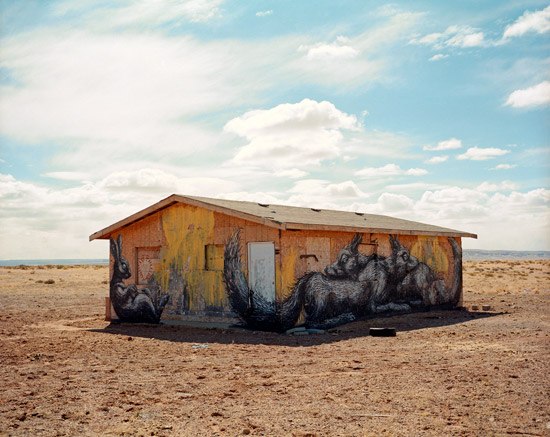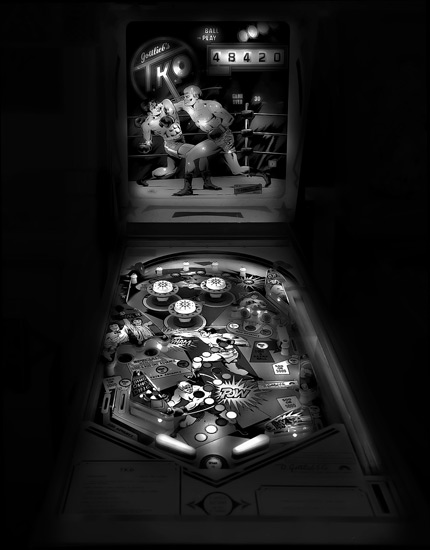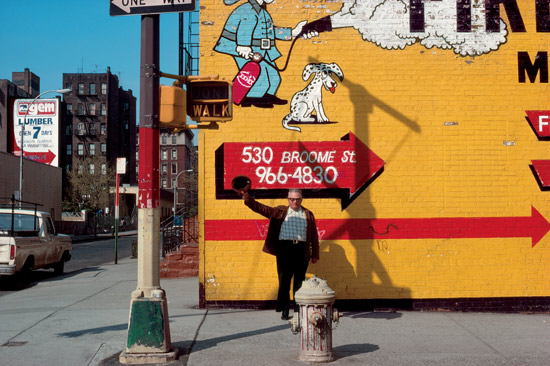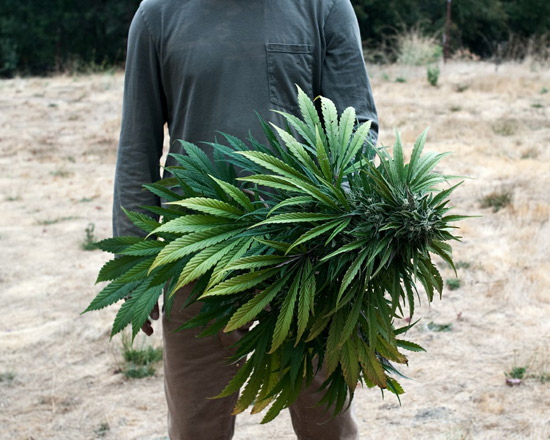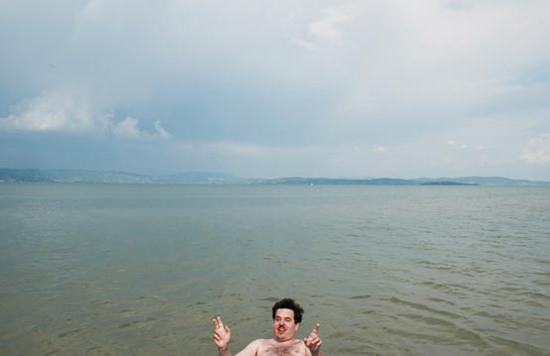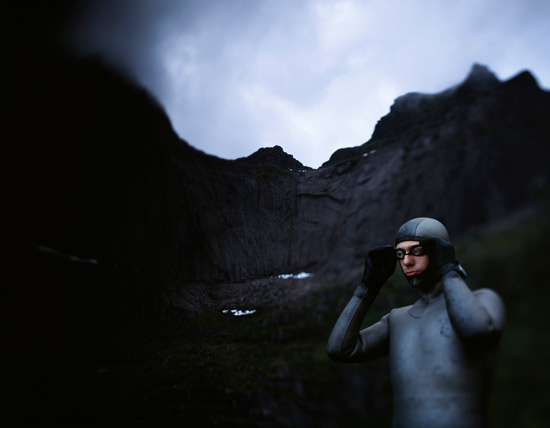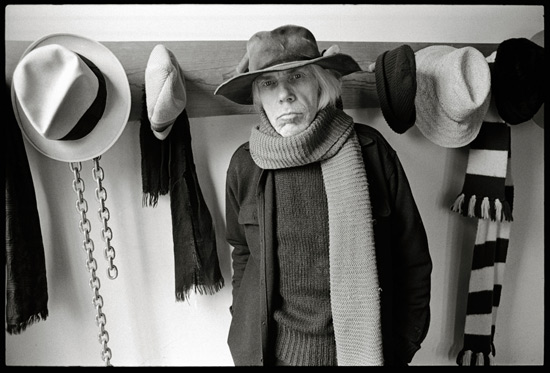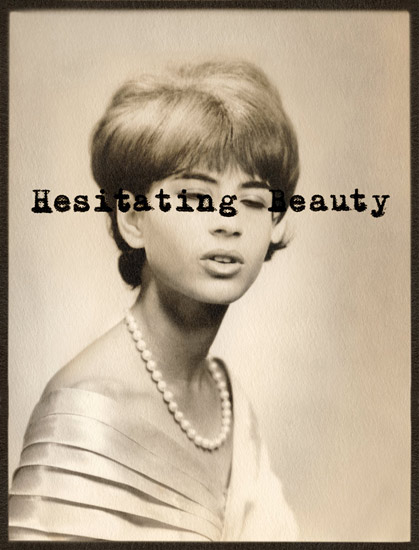A sweet, thoughtful project by
Giovanni Savino morphed into a personal effort to preserve a piece of local history.
"A couple of years ago, in a small Dominican town near the Haitian border, I met and became friends with Georgette Michelen and her family. Georgette lives in a beautiful, enormous wooden house her father built at the beginning of last century: 'The House of the Sun.'
"The house has thirty-three external doors and it shines in a decayed, almost surreal beauty, replete with a long, fascinating oral history, virtually embedded in its walls. With Georgette's blessing, I embarked on a completely self-financed project: an extensive photographic exploration of the house, for nearly two months.
My work was primarily motivated by a sense of impermanence I shared with Georgette; a feeling, perhaps a certainty, that this house and the marvelous mnemonic capsule it embodied wasn't to last much longer due to Georgette's age as well as to a brutal agenda of urban 'modernization,' quite rampant in many Dominican cities nowadays.
While brainstorming with Georgette on how to save and protect the house in a bleak-looking future, I promised her that I would try to edit the best shots as well as some of her thoughts and recollections, derived from the many audio recordings, into a book. Two years and many working hours later, on my own and with the help of several friends of mine, both a self-published book and a website now exist: my humble contribution to preserve at least some of the images, sounds and memories associated with this wonderful building, if not the building itself.
I recently had the immense pleasure of traveling to see her in the Dominican Republic and present her with a copy of the book. As she turned the pages, almost in disbelief, her face glowing, she would only stop smiling to thank me over and over again for all my hard work and commitment. Hopefully, through the book and some web presence we will find someone interested and able to help preserve the incredible house her father built."


